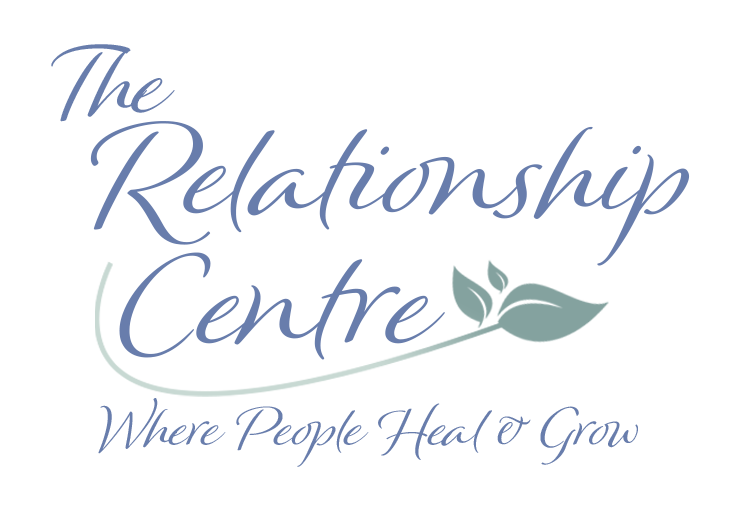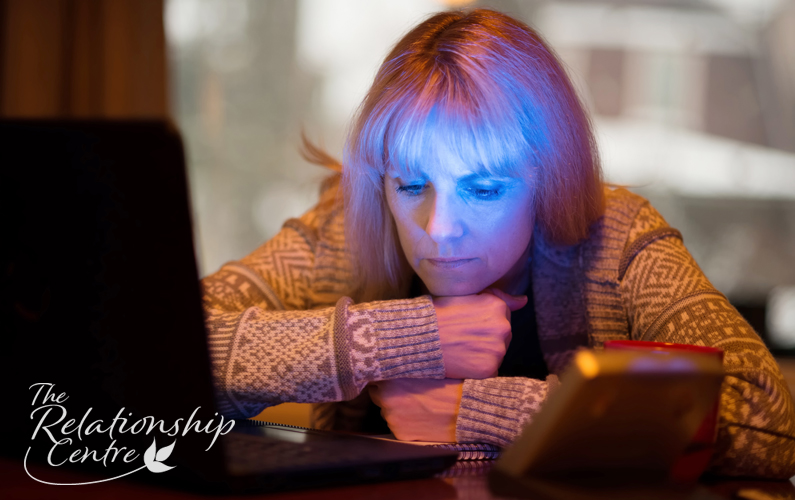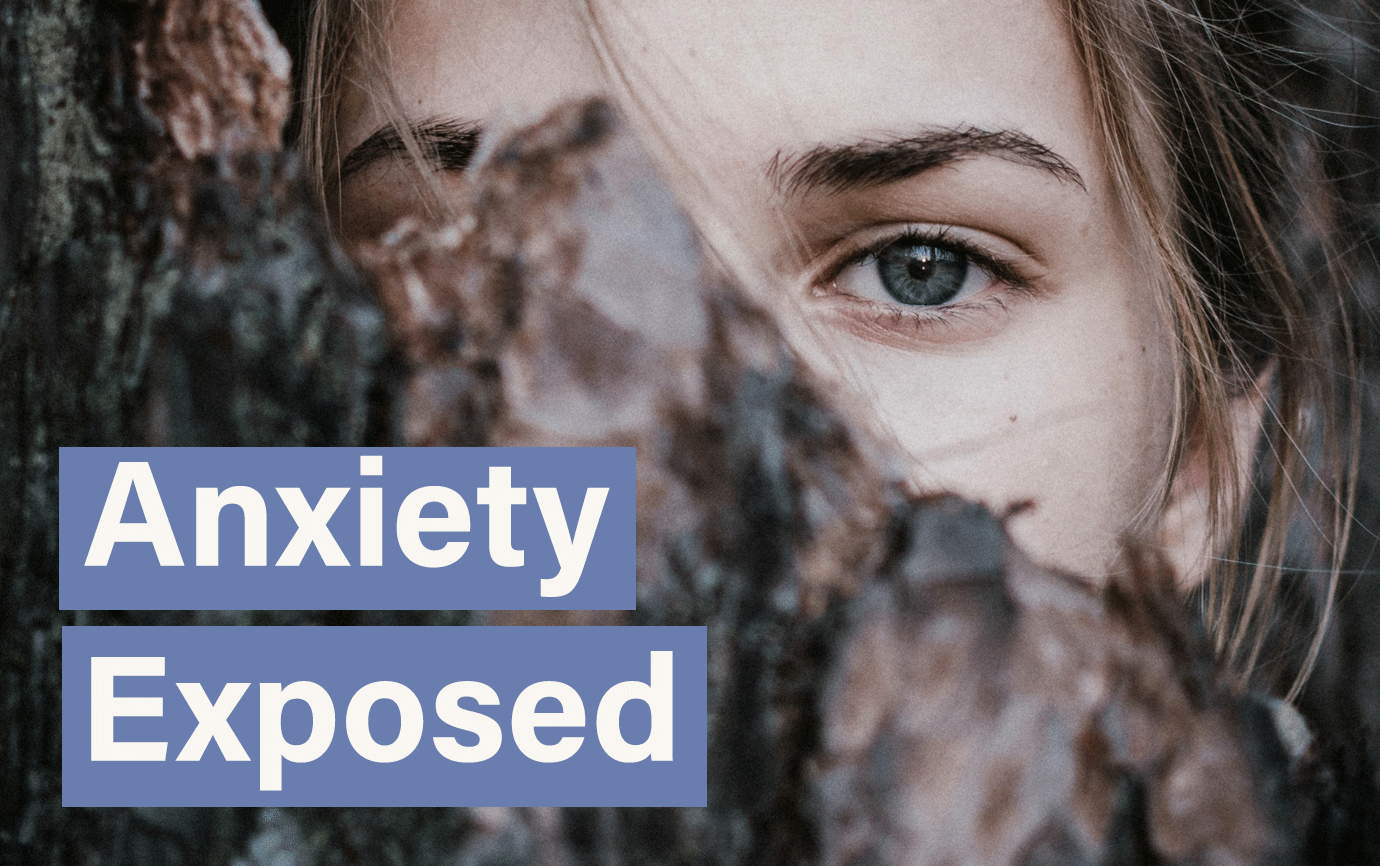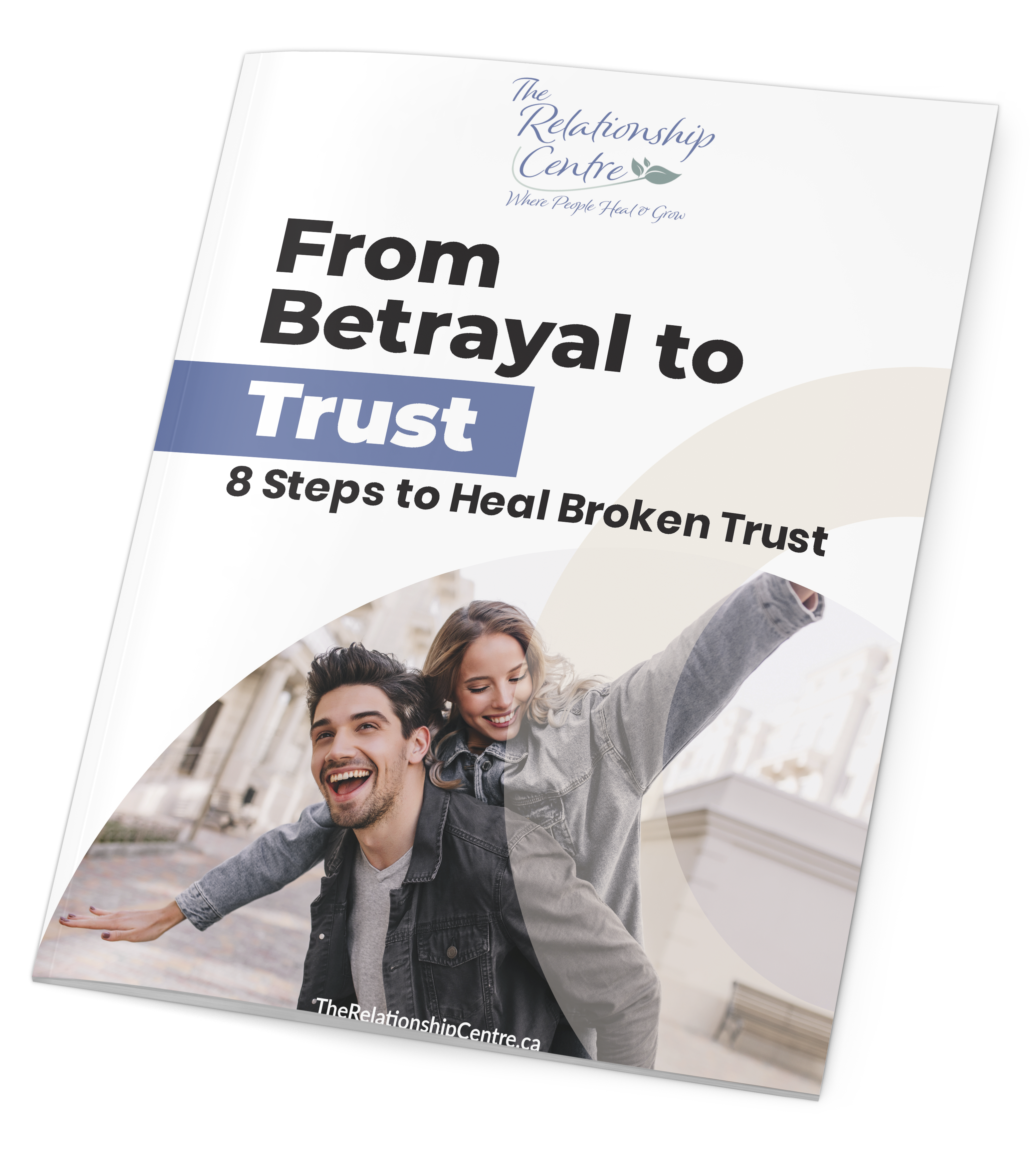Do you get sad a lot in the winter and wonder if seasonal affective disorder could be interfering? If you asked a group of people how they feel about the winter or low-light time of year, opinions certainly would vary. You’d even find some who love those icy, frigid months most and can’t get enough of them.
Maybe they look forward to the holidays, a slower pace or have a favourite winter hobby they anticipate each year. On the other side of the spectrum, some feel suffocated and sad as the cold and dark settles in.
For those with seasonal affective disorder (SAD), waiting for warm days with ample sunlight to return can feel overwhelming. And those better months can feel like they’ll never arrive. As those dark days drag on, it can feel regularly discouraging and depressing. Let’s take a closer look at what SAD is before exploring some coping strategies.
What is Seasonal Affective Disorder?
Many individuals go through occasional feelings of what is sometimes called the winter blues or seasonal blues. And after a particularly nasty stretch of winter’s fury, most of us are happy to see the skies clear and more favourable weather patterns emerge. We also have the term “cabin fever” to describe how some feel after being stuck inside more during the cold months.
Having said that, experiencing the winter blues isn’t the same as seasonal affective disorder. SAD is considered a variation of major depressive disorder. SAD usually begins at the end of fall to early winter and can linger for some as late as summer’s arrival. It is believed that the body’s internal clock is thrown off by the lower light levels.
Those with SAD see a drop in serotonin, making it more difficult to function happily and productively. Relief is generally found once those warmer, longer days arrive. However, once it turns dark and cold again, that depressive cycle typically begins again.
Some mistakenly downplay how much of a struggle experiencing SAD can be. They figure occasionally feeling a bit down or blue is the same thing as SAD, which definitely isn’t the case. Since seasonal affective disorder is a type of major depression, it can cause significant, seasonal disruptions for some.
Here are some of the more common marks of major depressive disorder of which SAD falls under its umbrella:
- Difficulty falling/staying asleep (or both)
- Ongoing fatigue
- Feeling agitated
- Seasonal anxiety
- Trouble concentrating
- Significant weight or appetite changes
- Loss of interest in previously enjoyable activities
- Feeling sad most days and for the more significant part of each day
- Viewing one’s self or situation as worthless or hopeless
- Consistent thoughts of suicide or death
In addition, there are several seasonal affective disorder-specific symptoms:
- Overeating, especially carbs
- Weight gain
- Withdrawing from people
- Sleeping too much (hypersomnia)
Seasonal Affective Disorder Self Care
In her “Psychology Today” article entitled How to Manage Seasonal Depression, Teyhou Smyth Ph.D., LMFT shares the following:
“While nothing can be done about the changing seasons, we can take steps to decrease our depressive responses during the long autumn equinox and winter solstice seasons.”
Perhaps you can relate to others when they share their struggles with beating the winter blues. Or, maybe you could identify with some of the SAD symptoms listed above. If so, here are some things you can do if you regularly feel sad during the cold months.
Change of Scenery
Some with the severest cases of SAD eventually move to places in the world where longer days and favourable weather are more of the norm throughout the year. Not surprisingly, this can significantly help to reduce seasonal depression symptoms. However, even scheduling a trip to a warmer climate during the winter can help break up the winter months for those with SAD.
“SAD Lamp”
For various reasons, not everyone can get away from the winter months where they live. Thankfully, there are a variety of other coping strategies that can help immensely, including purchasing a “SAD lamp.” You can choose from numerous lights for winter depression that mimic natural sunlight. Simply place the lamp in your office or at a location in your home where you spend a fair amount of time. This sunlight replacement can make a big difference for some. Try getting at least 45 minutes of lamp exposure each day for the best results.
Healthy Diet
The tendency towards physical inactivity, oversleeping and binging on high-carb foods leads to weight gain for SAD sufferers. This only causes you to feel worse mentally and physically. For that reason, if you can stick to a healthy diet full of lean proteins, fruits and vegetables, you’ll likely see a decrease in the severity of your SAD symptoms.
Resist the Urge to Isolate
Even among non-SAD individuals in the northland, there can be a greater tendency to isolate during the winter months. It may initially feel good to listen to your urges to socially withdraw from others. However, this is not good for your seasonal depression.
For that reason, make a point to schedule regular social interactions with others. This doesn’t have to be a high-stress event. Something as simple as drinking tea or coffee with a friend and chatting about life can do wonders for you. Being more social can make those cold winter months feel much happier and more fulfilling.
Consistently Get Outside
Part of the reason SAD sufferers feel worse in the winter is their decreased inactivity. There is a decrease in endorphins and serotonin, not to mention a decline in overall physical health as a result. This can make your body feel weak, tired and achy.
Scheduling regular walks outside or finding outdoor hobbies that are active can help significantly. However, you can also incorporate indoor exercises if the weather is exceptionally inclement. Keeping your body moving will mean a stronger mind. Those long winter months will feel more meaningful and hope-filled as a result.
Reframe Your Thinking
Believe it or not, learning to consistently reframe your thinking about the cold months can make a significant difference. Individuals with SAD tend to have a tougher time because of negative internal dialogues about the winter months. Learning to focus on the positives can improve your mood.
Is Seasonal Affective Disorder Getting You Down? Depression Therapy Can Help
Do you recognize the signs of seasonal depression in yourself or a loved one? If so, you aren’t alone. Many people struggle with SAD, but thankfully there are ways you can lessen your depressive symptoms.
One of the most effective strategies for managing SAD is depression therapy. Your therapist can help you discover evidence-based ways to manage your winter sadness. That way, you won’t have to dread the cold part of the year so much.
If you’d like to learn more about how The Relationship Centre can help, please reach out to us. You are also welcome to book an appointment with us.










